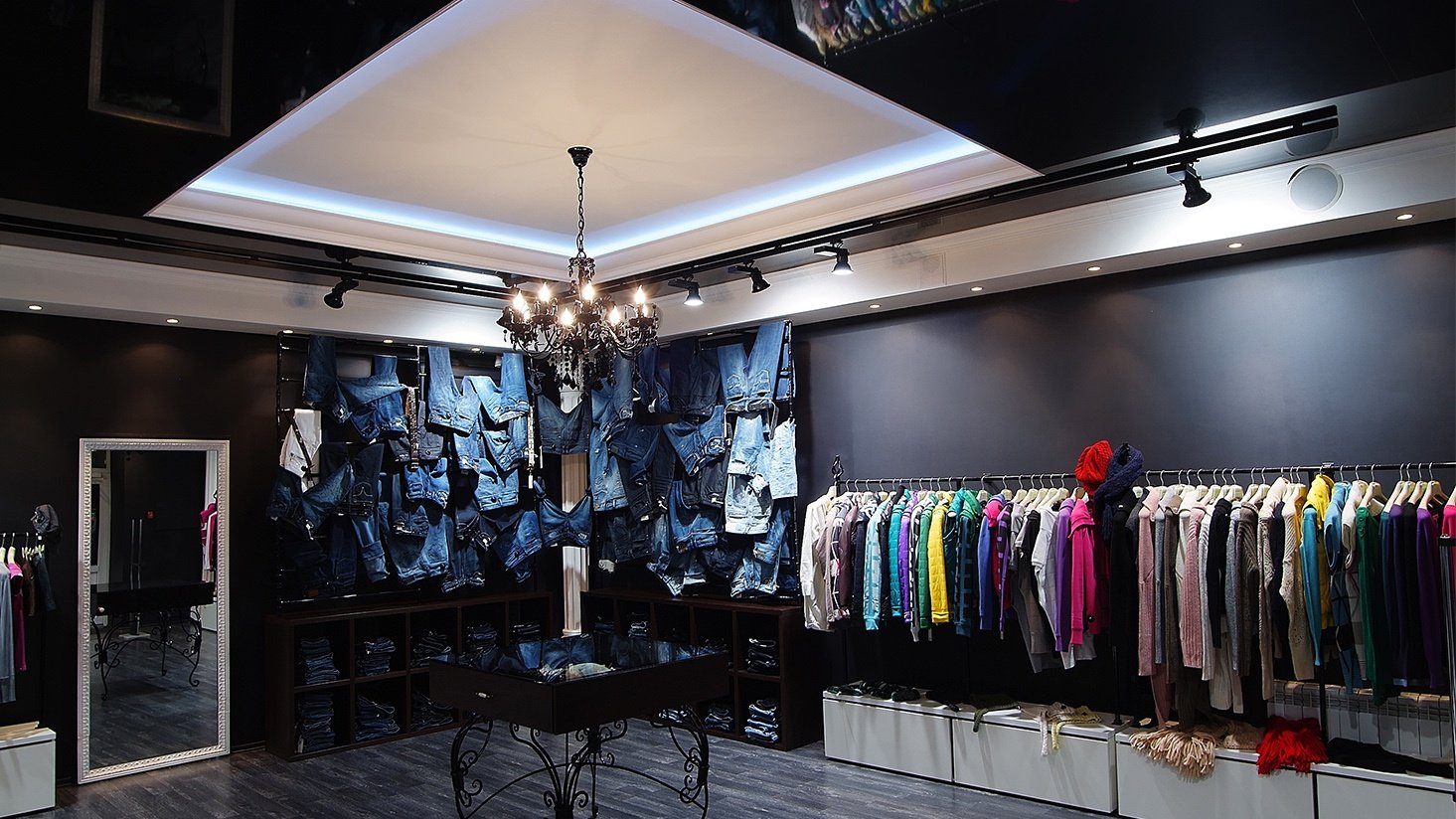Illuminate Your Game: Billiard Table Lighting Tips
Discover the best lighting solutions for your billiard table to enhance your game and ambiance.
Brighten Up: Transform Your Space with Smart Lighting Tricks
Unlock the secrets of smart lighting! Brighten up your space and transform your home with these stunning lighting tricks you can’t miss!
10 Smart Lighting Tricks to Instantly Brighten Up Your Home
Transforming your home into a brighter and more inviting space can be achieved through simple yet effective smart lighting tricks. One of the first tips is to utilize layered lighting. This involves combining ambient, task, and accent lighting for a well-lit room. For instance, consider installing ambient lights like ceiling fixtures, task lights for workspaces, and accent lights to highlight artwork or architectural features. Secondly, don’t underestimate the power of smart light bulbs; installing them can allow you to adjust brightness and color via smartphone apps. This flexibility lets you change the mood of your space effortlessly.
Another smart trick is to take advantage of smart lighting schedules. Setting a schedule can automate your home's lighting based on your daily routine, which can be both energy-efficient and convenient. Additionally, incorporating motion sensors in areas like hallways or bathrooms ensures that lights are only on when needed, enhancing both safety and efficiency. Finally, remember to use reflective surfaces—mirrors and light-colored walls can bounce light around the room, enhancing its brightness. For more tips on incorporating smart lighting into your home, check out House Beautiful's guide for further insights.

How to Use Color Temperature to Transform Your Living Space
Color temperature plays a significant role in creating the ambiance of your living space. By understanding the difference between warm and cool light, you can transform the mood in any room. Warm colors, usually in the range of 2700K to 3000K, create a cozy and inviting atmosphere, ideal for spaces meant for relaxation, like living rooms and bedrooms. On the other hand, cooler shades from 4000K to 5000K can energize your environment, making them perfect for workspaces and kitchens. For a deeper understanding of how color temperature affects mood, check out this resource on color temperature in lighting.
To effectively utilize color temperature in your home, start by assessing the existing lighting and the function of each room. Consider adding adjustable dimmers or smart bulbs that allow you to switch between different temperatures depending on the time of day or activity. For example, a warm, soft light in the evening can create a peaceful setting for winding down, while a cooler, brighter light in the morning can help stimulate productivity. For tips on choosing the right bulbs, visit this guide on home lighting options by the U.S. Department of Energy. Remember, the right color temperature not only enhances the aesthetics of your space but also supports your daily routines!
What Are the Benefits of Smart Lighting in Interior Design?
Smart lighting is revolutionizing the way we approach interior design, offering a myriad of benefits that enhance both aesthetics and functionality. One of the most significant advantages is the ability to control lighting remotely through smart devices. This means homeowners can easily adjust lighting levels, colors, and schedules to suit specific moods or activities, creating an incredibly personalized atmosphere. For more information on how smart lighting can enhance your home, visit Lifewire.
Additionally, smart lighting systems can greatly improve energy efficiency. By utilizing motion sensors and automated settings, these systems ensure lights are on only when needed, reducing energy consumption and associated costs. This not only benefits the environment but also bolsters a home’s value in today’s eco-conscious market. For more insight into how smart lighting contributes to sustainable living, check out Energy.gov.